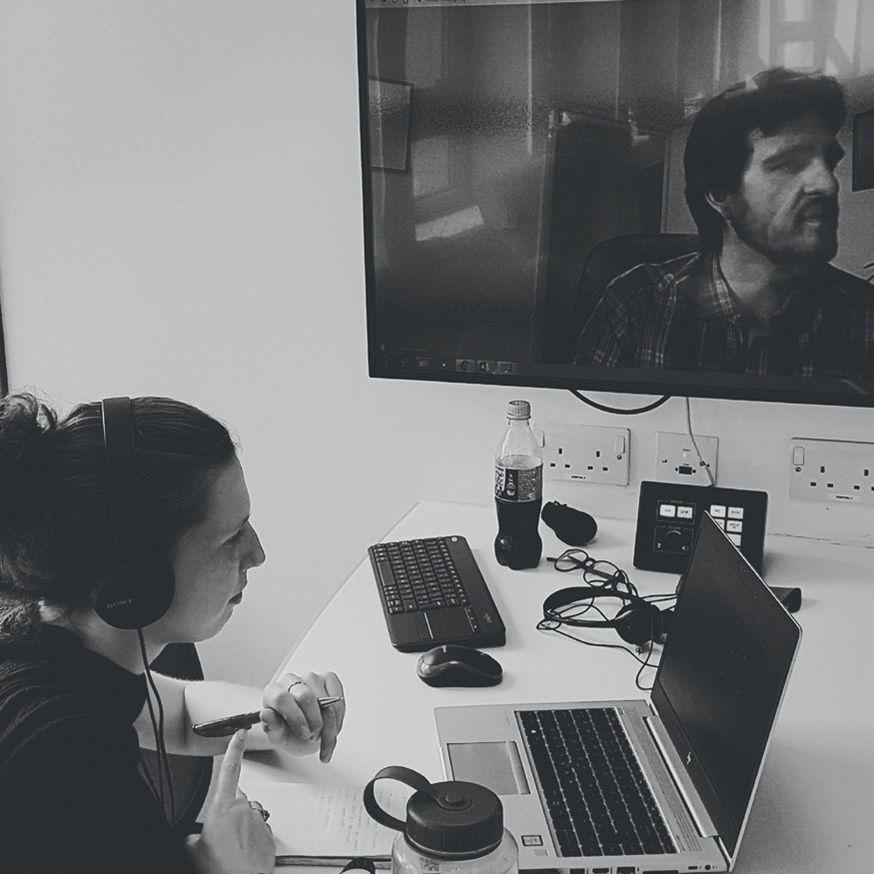PUTTING SCOTLAND’S accused witches ON THE MAP





Who would have thought there would be such interest in data about historic witches? And what do we even mean when we use the term ‘witch’?
For Professor Julian Goodare of the University of Edinburgh, co-director of the Survey of Scottish Witchcraft database, the term ‘witch’ is shorthand for ‘someone who was called a witch at the time’. Further, they have to have been called a witch in a context that made it plausible that they might have been prosecuted for witchcraft.
Now, a new interactive map tracks more than 3,000 Scots accused of being witches in the 16th and 17th century. Open data experts at the University of Edinburgh’s Information Services directorate have been building profiles using linked open data of all the women and men who were accused of practicing witchcraft as part of an internship project which has breathed new life into an old dataset, caught
You’re reading a preview, subscribe to read more.
Start your free 30 days



